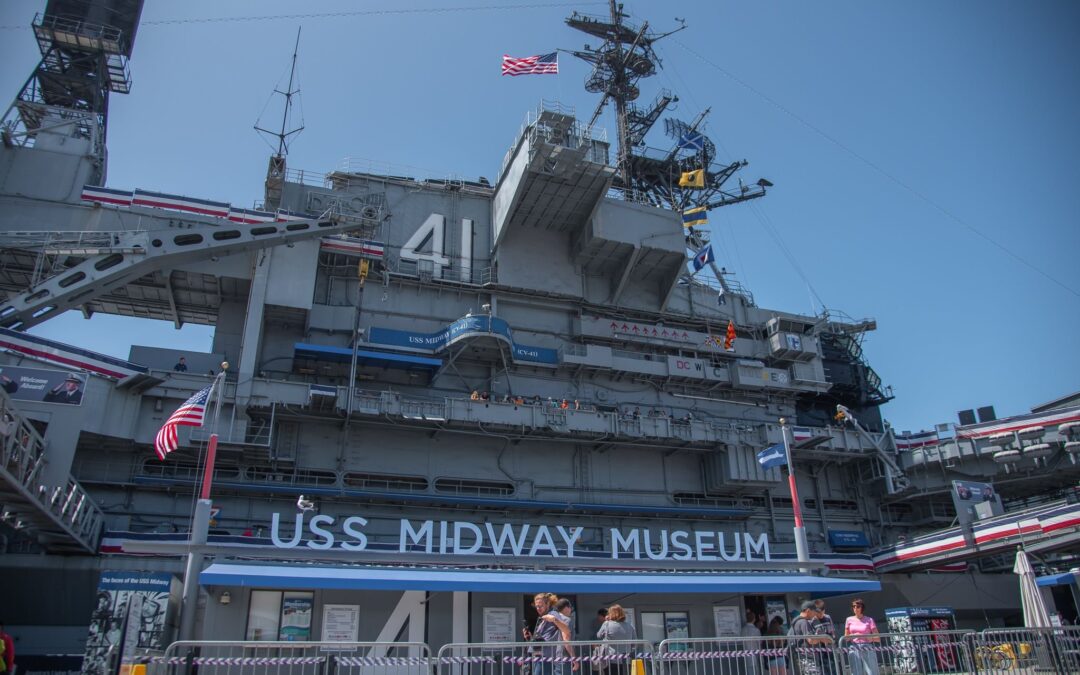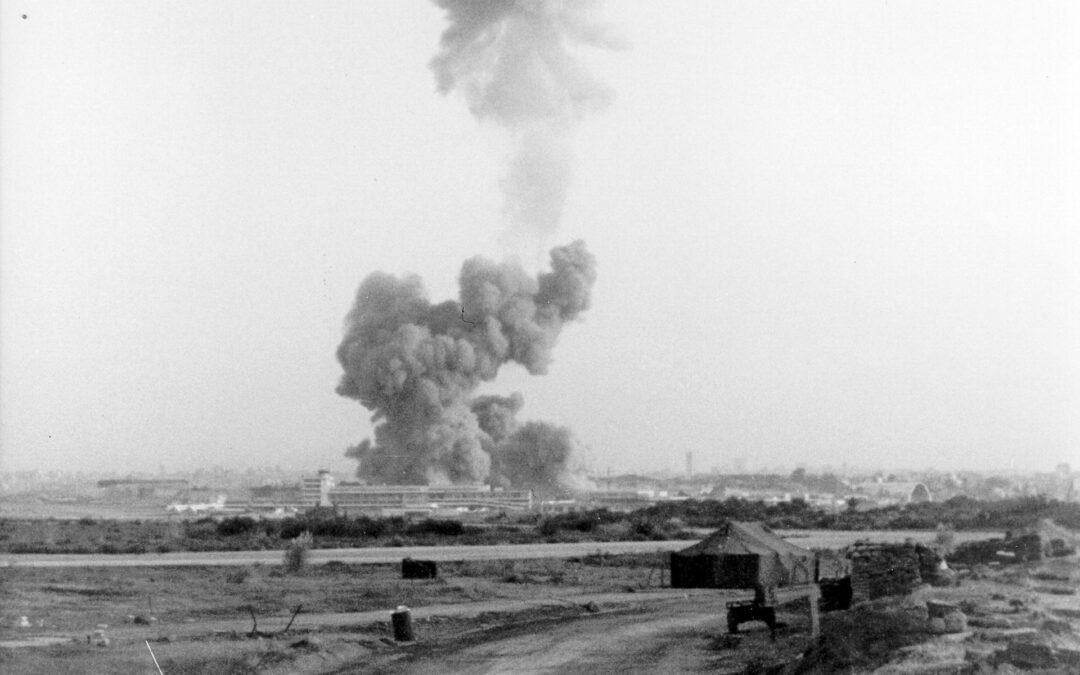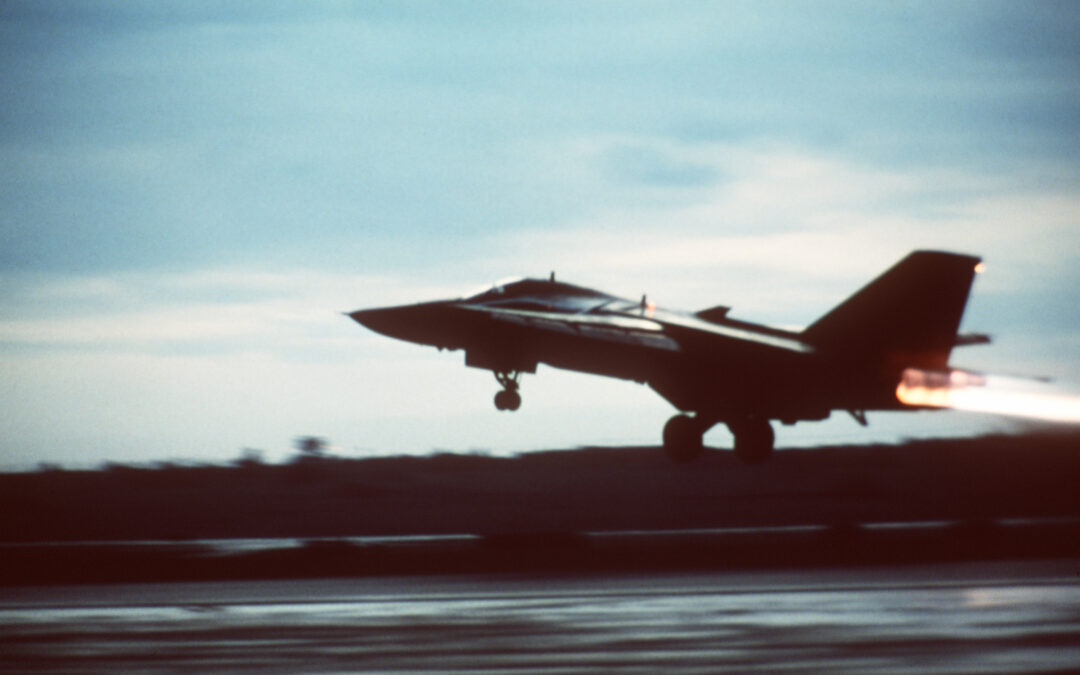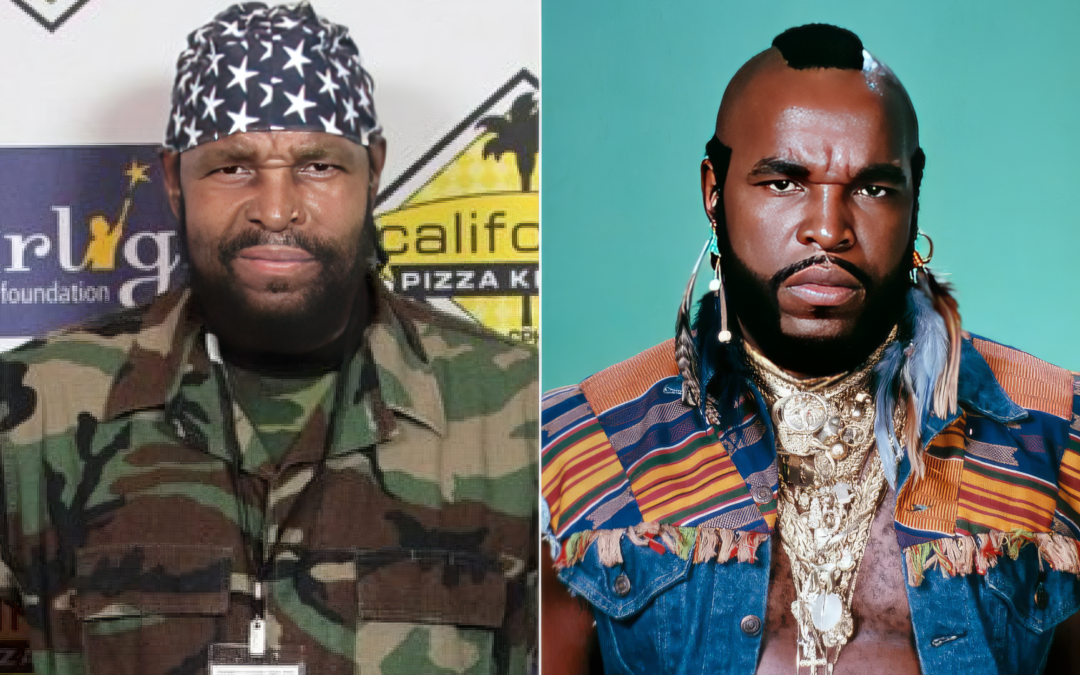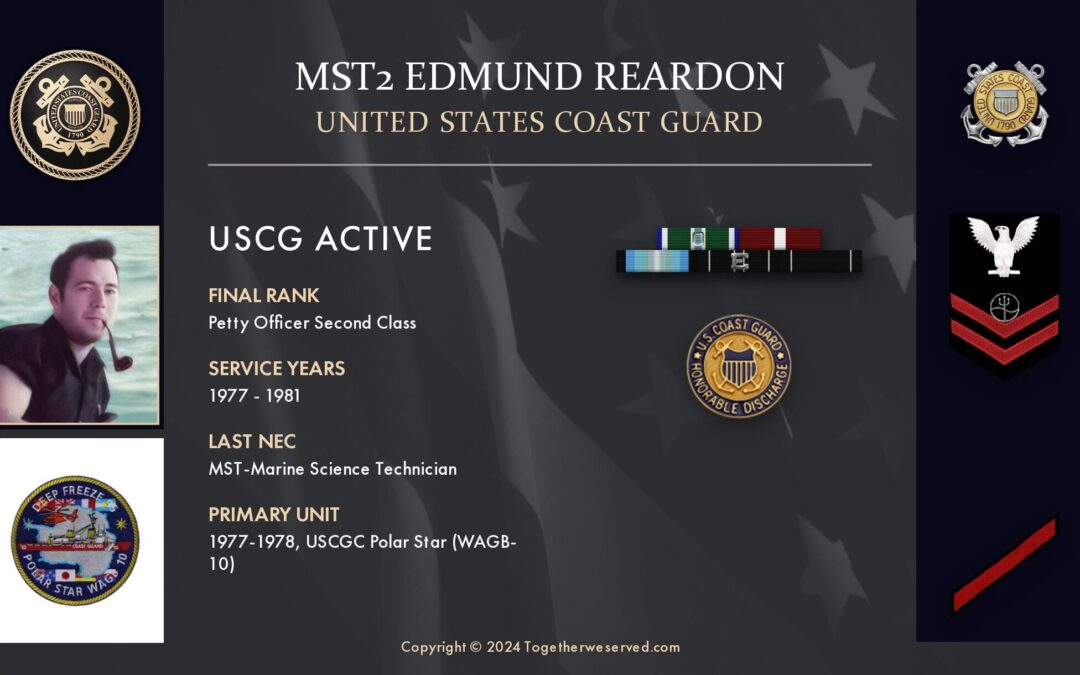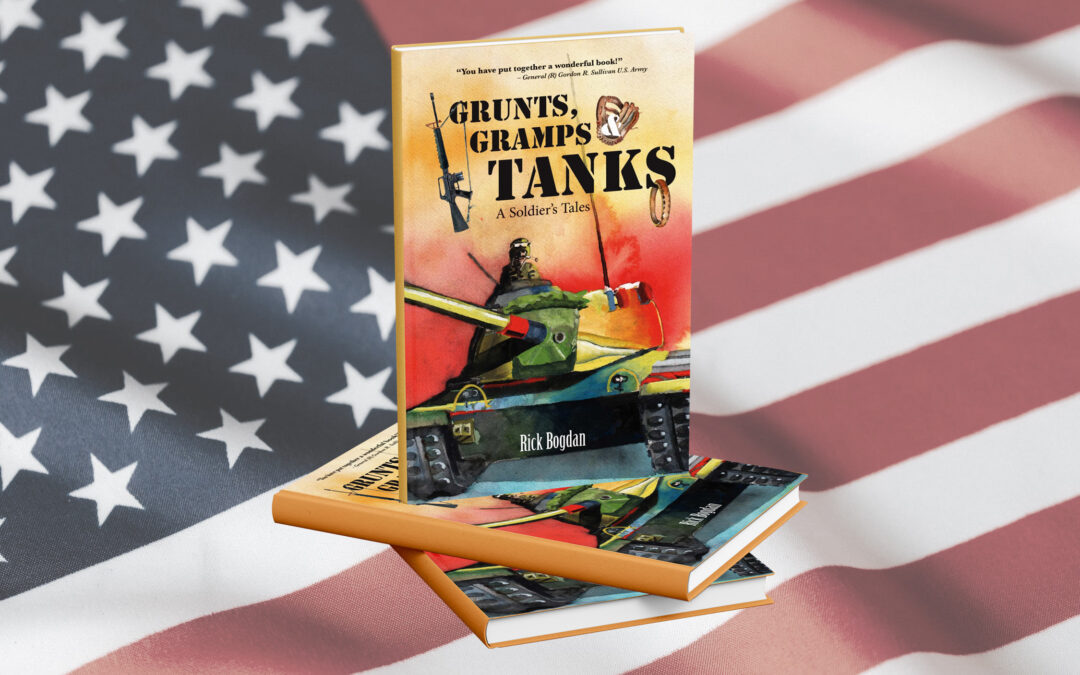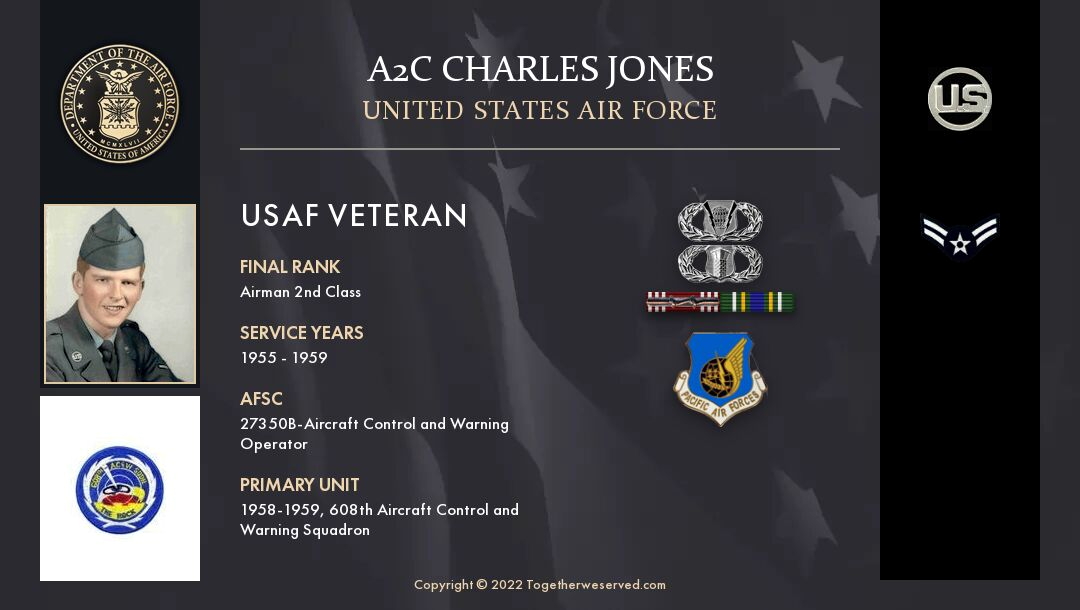You just can't keep a good tradition down. The good stuff will always come back up to the top in the ebb and flow of history. Using yellow ribbons to remember the troops is based on that kind of tradition. The Use of a Yellow Ribbons in American Popular Culture There are a lot of myths and legends surrounding when ribbons were first tied on, why the color yellow is used, and where exactly one is supposed to tie the ribbon. Those legends are only a part of the full story. For centuries, people have used items with special meaning to remember loved ones while they are away, whether they're at war or not. The use of a yellow ribbon in American popular culture first appears in a folk song, "Round Her Neck She Wore A Yellow Ribbon." This song can be traced as far back as 1838 and as far away as the United Kingdom. Versions of the song have appeared and reappeared in American culture ever since. It emerged once again in 1917, as the United States entered World War I as "Round Her Neck She...

